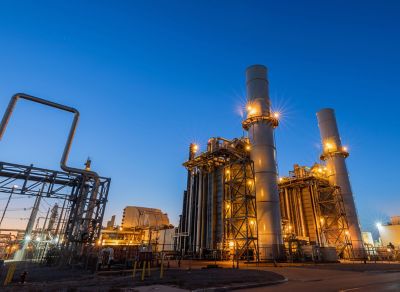- Our impact
- Environmental
- Molecular recycling
- Social responsibility
- Governance
- Sustainability reports
- Contact us
- Home ...
- Sustainability
- Environmental
- Circularity
- Circular solutions
- Mass balance and the circular economy
Mass balance
and the circular economy
At Eastman, we’re driven to provide better solutions to reduce, reuse and recycle products and materials that typically end up in landfills or incinerators. Our groundbreaking molecular recycling technologies are revolutionizing recycling — now.
The International Sustainability & Carbon Certification’s (ISCC) mass balance accounting has played a vital role in our journey to advance sustainable solutions and in scaling our advanced molecular recycling technology to more products faster while minimizing cost burden on our customers and ultimately consumers Mass balance is an independently certified, proven method that enables businesses to confidently meet their goals and accelerates the transition to a circular economy.
A message from Plastics Division President, Scott Ballard
Frequently asked questions
At Eastman, we use both recycled content mixed with traditional inputs like fossil-fuel-based feedstocks to make identical building blocks for materials.
Plastic waste is fed into Eastman’s molecular recycling technologies in place of fossil-fuel feedstock.That plastic is broken down into building-block molecules that are fed into production systems, resulting in fewer molecules being purchased or produced from fossil fuels.
The quantity and identity of the recycled molecules are placed into an inventory that keeps a precise tally of how many of each molecule were recycled because they are indistinguishable when broken down. Mass balance allows us to record how much recycled plastic has been used in manufacturing and balance it with the certified recycled content in end products.
We are then able to utilize the exact number of molecules required to produce each Eastman Renew product and ensure it contains at least 50% recycled materials.
Mass balance is an accepted and certified method to measure and track recycled inputs and outputs. Its principles are used in a number of industries like renewable energy and the cocoa industry.
The ISCC PLUS standard is an international certification system for sustainable, traceable supply chains. Our partners use ISCC standards on an ongoing basis to ensure accuracy in the materials we use to make our products. This third-party certification provides transparency to track certified recycled content through critical points in the value chain, allowing brands to make claims with meaning. The alternative to mass balance is building a separate and redundant infrastructure. To duplicate the many reactors, purification columns, storage tanks, polymerization lines, and packaging and distribution systems would result in tremendous environmental impact and take decades.
We recycle multiple sources of hard-to-recycle waste plastic to make Tritan Renew such as colored shampoo bottles, dairy drinks, carpet, and even polyester-based clothing. At our molecular recycling facility in Tennessee, we anticipate diverting 110,000 metric tons (240Mlbs) of plastic waste from landfills, incineration or the environment each year. Many of our products include more than the recycled content claimed. For example, in June we consumed three times more recycled material than we sold as Renew products and we fed recycled material directly to our largest Tritan line at ~50%. Mass balance allows us to record how much recycled plastic has been used in manufacturing and balance it with the certified recycled content in end products.
Our methanolysis process breaks down hard-to-recycle plastic waste into its molecular form so it can be used to make new plastic materials. There is no limit on the amount of recycled material that can be used to produce new products, including those used to hold food. Our recycled materials meet all regulatory and quality requirements for use in food packaging and all Eastman Tritan Renew products are rigorously tested and meet the safety requirements for use in food contact applications.
Eastman uses molecular recycling to process plastic waste with a process called methanolysis. This is a material-to-material solution and not a waste to energy or waste to fuel technology.
Eastman’s technology unzips polyesters and converts them back to their basic monomers that can then be reassembled to create new materials. The materials produced by this technology are indistinguishable from materials made with virgin (i.e., non-recycled) raw materials.
Methanolysis allows Eastman to divert materials from landfills and incinerators such as hard-to-mechanically recycle materials like colored shampoo bottles, dairy drinks, carpet, and even polyester-based clothing. This technology goes beyond clear, single-use water bottles to include products such as colored plastic bottles and carpet fibers.









